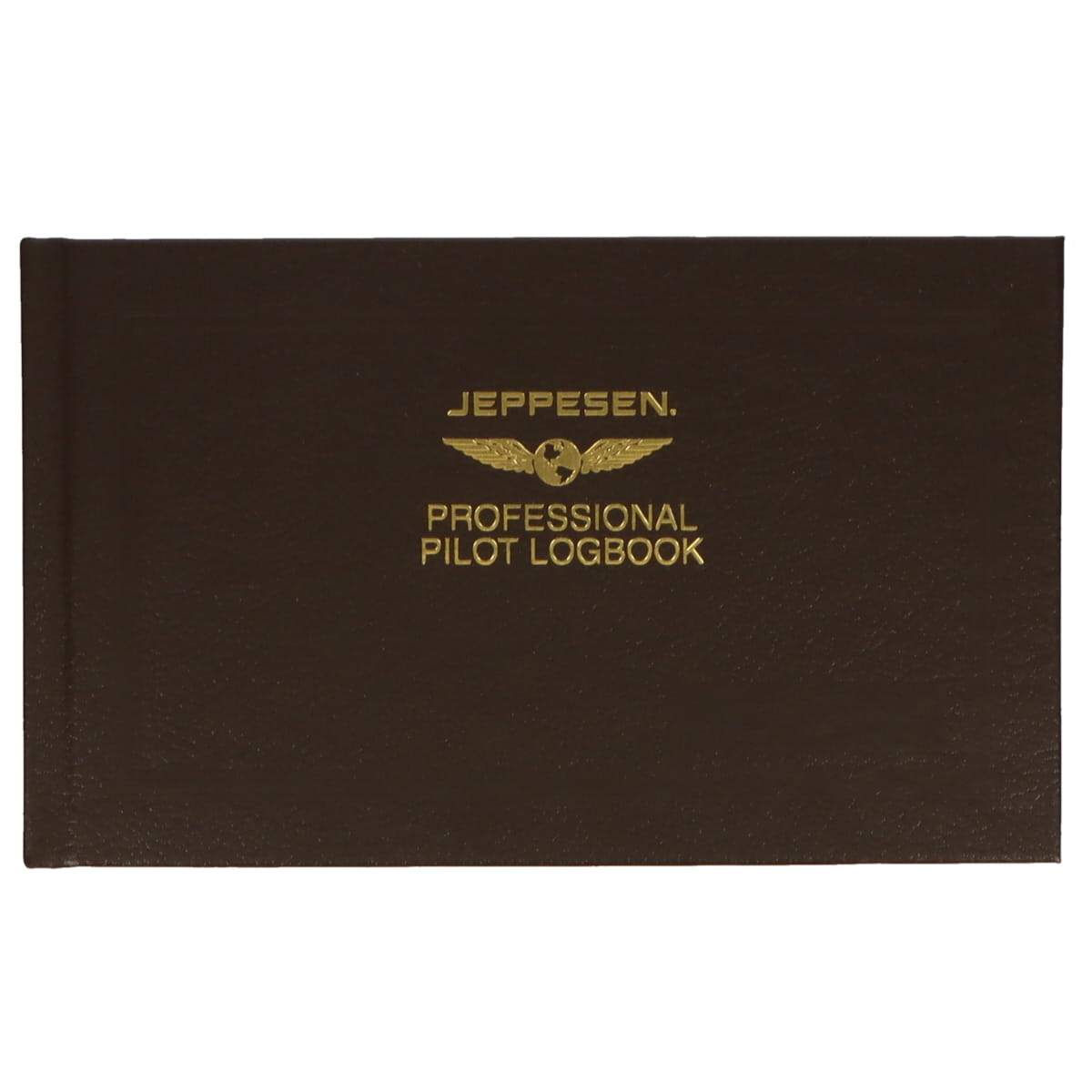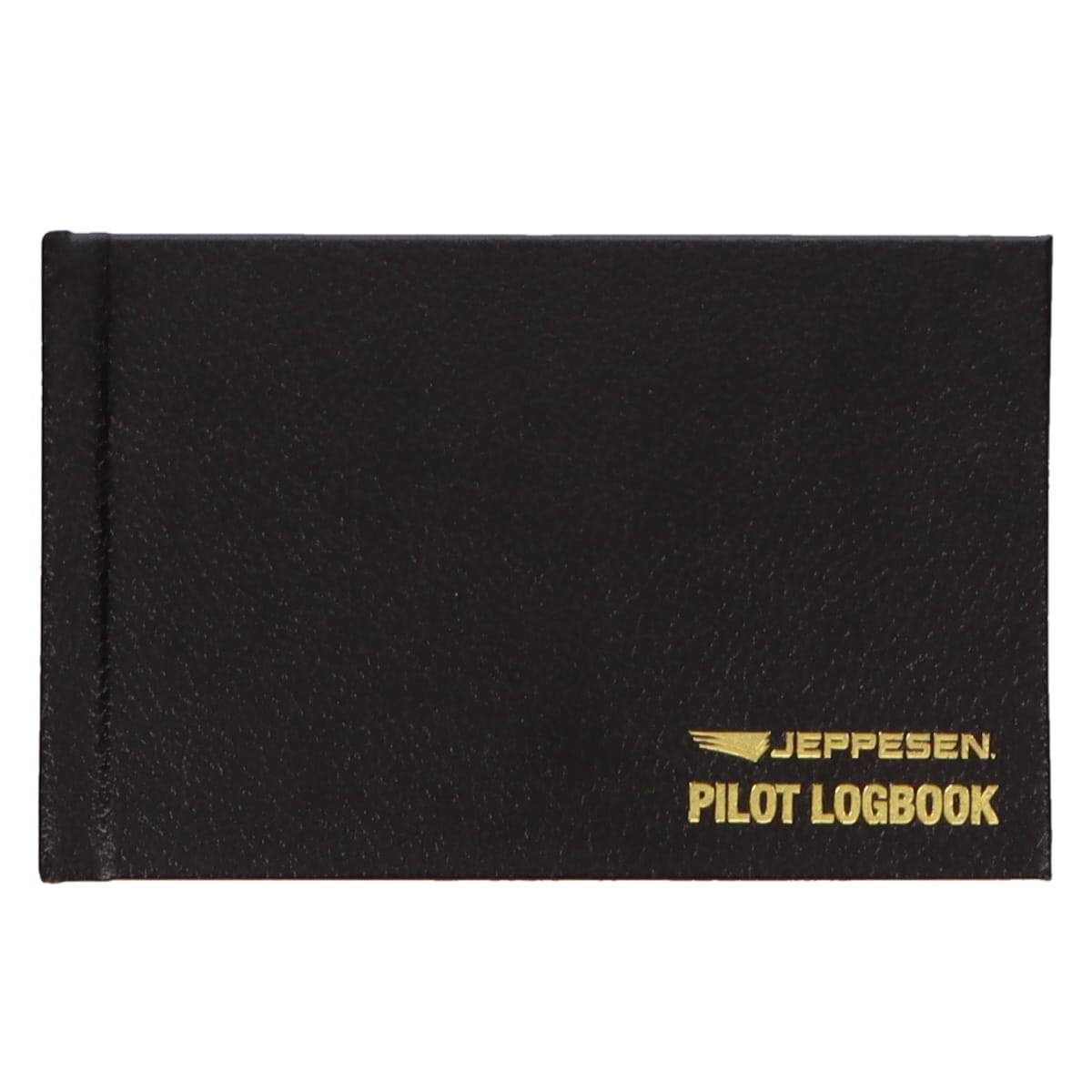Completar un libro de registro de piloto es la base de su carrera como piloto. Este pequeño libro contiene toda su experiencia de vuelo y puede abrirle las puertas a certificaciones, calificaciones e incluso a su próximo trabajo.
Registrar cada vuelo de forma correcta y consistente marca la diferencia entre un registro pulido y profesional y un desorden que puede llamar la atención cuando se busca dar el siguiente paso en su viaje en la aviación.
Veamos algunos consejos prácticos para mantener su libro de registro impecable y organizado.
RESUMEN
-
Cuando vuele con otros pilotos, registre correctamente su tiempo de piloto al mando (PIC).
-
Asegúrese de que los vuelos de larga distancia cumplan con la regla de las 50 millas náuticas para las certificaciones.
-
Las horas de la noche comienzan una hora después del atardecer; los cielos oscuros por sí solos no cuentan.
-
Registre los vuelos de instrumentos simulados por separado para su calificación de instrumentos.

¿Qué hay en el cuaderno de bitácora del piloto?
Tu cuaderno de bitácora registra todo, desde tu primer solo hasta el entrenamiento instrumental más avanzado.
Cuando registra un vuelo, deberá capturar detalles específicos que cumplan con los requisitos reglamentarios.
Esta información debe incluir:
-
Fecha y tipo de aeronave
-
Lugares de salida y llegada
-
Tiempo total empleado en volar (ya sea utilizando las lecturas del medidor Hobbs o el seguimiento manual)
-
Si fue un vuelo de día o de noche
-
Designación de tiempo en solitario, en grupo o como segundo al mando (SIC)
-
Tiempo de piloto al mando (PIC)
-
¿Alguna observación sobre el vuelo (tipo de entrenamiento, condiciones climáticas o lecciones aprendidas)?
Asegúrese de registrar esta información con la mayor precisión posible. Esto le ayudará a evitar confusiones en el futuro cuando se trate de renovaciones, certificaciones o solicitudes de empleo.

Registro del tiempo del piloto al mando (PIC)
Como piloto, lo más probable es que quieras registrar el tiempo del piloto al mando (PIC). Sin embargo, registrar el tiempo del PIC puede resultar un poco confuso cuando hay más de un piloto a bordo (que actúa como piloto de seguridad). Solo la persona que actúa como PIC (el responsable de la aeronave y de la seguridad del vuelo) puede registrar este tiempo.
Si vuela solo, todo el tiempo de vuelo se contabiliza como tiempo de vuelo en solitario como piloto al mando. En vuelos con dos pilotos, solo podrá registrarlo si es el único que manipula los controles y actúa como piloto al mando.
Lo que es menos común pero igualmente importante es el registro de PICUS (piloto al mando bajo supervisión). Esto se aplica cuando técnicamente no eres el piloto al mando, pero estás llevando a cabo todas las tareas de piloto al mando bajo la guía de un instructor de vuelo.
Como estudiante piloto, asegúrese de que todos sus vuelos sean verificados por un instructor de vuelo en su sección de observaciones.
Cómo llenar su libro de registro
Cuando llegue el momento de completar su registro para un vuelo dual como estudiante piloto con un instructor de vuelo, querrá concentrarse en registrar el tiempo como instrucción dual.
Registre la fecha del vuelo, el tipo de aeronave, la ruta y la duración, y márquelo como un vuelo dual, ya que no fue usted el único manipulador de los controles.
En la sección de observaciones, indique el rol del instructor y el tipo de entrenamiento realizado, como entrenamiento de vuelo y en tierra o práctica de maniobras.

Cómo registrar el tiempo de vuelo de travesía
Un vuelo de ida y vuelta no implica registrar el tiempo empleado en el viaje de una ciudad a otra. La Administración Federal de Aviación (FAA) exige que el vuelo incluya un aterrizaje en un punto que se encuentre al menos a 50 millas náuticas del punto de partida original para que cuente como tiempo de ida y vuelta.
Este tiempo es necesario para varias licencias y calificaciones, por lo que es importante conocer la definición de cross-country y registrarla correctamente.
Al registrar vuelos de travesía, asegúrese de anotar la ruta y la distancia exacta recorrida. El tiempo total en el aire mostrará cuánto tiempo de vuelo de travesía acumula.

Registro de vuelos nocturnos simplificado
El registro del tiempo de vuelo nocturno es otra área en la que pueden producirse errores. La FAA define la noche como el período comprendido entre una hora después del atardecer y una hora antes del amanecer .
Así que, incluso si afuera está oscuro cuando estás volando, es posible que no cuente oficialmente como noche si cae fuera de ese margen de tiempo.
Vuelva a verificar los tiempos de su vuelo con los cálculos del crepúsculo civil para asegurarse de que está registrando este tiempo correctamente.
Puedes revisar nuestro artículo sobre consejos para volar de noche para ayudarte a estar preparado.

Registro del tiempo de vuelo simulado por instrumentos
Al registrar el tiempo de vuelo instrumental simulado, volará bajo el capó o con luces antiniebla (en vuelo real) o usará un simulador. Ambos cuentan, pero debe registrarlos por separado.
Asegúrese de marcar claramente cuándo un vuelo implica tiempo de instrumentos simulado, ya que esto será importante cuando esté trabajando para obtener su calificación de instrumentos o una renovación.
Mejores prácticas para estudiantes pilotos que registran el tiempo de vuelo
Como estudiante piloto, la mayoría de tus inscripciones serán vuelos en solitario o en grupo.
Cada vuelo en solitario se registra como tiempo PIC, mientras que los vuelos duales se registran como tiempo de instrucción.
Al registrar vuelos como estudiante, presta atención y presta mucha atención a si estás volando a campo traviesa, de noche o en condiciones de vuelo instrumental. Estas diferencias son importantes porque afectan las horas necesarias para obtener calificaciones específicas, como la licencia de piloto privado o de piloto comercial.

Mantenga su libro de registro profesional
La forma más sencilla de mantener un registro profesional es registrar cada vuelo de forma inmediata y legible y utilizar abreviaturas coherentes.
Si utiliza un libro de registro en papel o en formato digital, asegúrese de que la información sea fácil de leer. Una letra desprolija, horas incorrectas o detalles faltantes pueden causar problemas en el futuro cuando solicite licencias o trabajos de piloto.
Usar el mismo bolígrafo en todo un cuaderno de papel también hace que parezca más limpio.
Si utiliza un libro de registro digital, asegúrese de realizar copias de seguridad periódicamente, ya sea en la nube o en un disco externo, para no perder su valioso historial de vuelo.
Una gran idea es utilizar un libro de registro en papel y uno electrónico y mantener ambos simultáneamente.
Llevar
Completar el registro del piloto inmediatamente después del vuelo es un hábito que da sus frutos a largo plazo.
Cada entrada que escribas es un reflejo de tu crecimiento como piloto. Cuanto más preciso y profesional sea tu cuaderno de bitácora, más fácil te resultará dar el siguiente gran paso en tu carrera de piloto.
Entrar en el ritmo de registrar su tiempo PIC, vuelos de larga distancia u horas nocturnas hace que su experiencia sea mucho más valiosa.
¡Vuelo seguro!
¿Interesado en artículos para estudiantes piloto?
¡Nuestras guías están diseñadas para ayudar!
-
Las 10 mejores herramientas de entrenamiento de vuelo de las que no puedes prescindir
-
Enfoque visual vs. enfoque de contacto: ideas clave para los pilotos
-
Cómo volar siguiendo un patrón de tráfico en un aeropuerto sin torre
-
GUMPS Check: Lista de verificación que todo piloto necesita (fundamental)
¿Le resultó útil este artículo?
¿Crees que nos hemos olvidado de alguna pregunta importante de la entrevista? ¡Cuéntanoslo en los comentarios a continuación!








1 comentario
Paul Pilipshen
While making each entry in pen gives credibility to the record, I recommend writing your totals at the bottom of the page in pencil. It’s the easiest way to clean up errors.
Also, cross country could mean different things for different ratings. For Sport Pilot it’s 25nm, all your other initial ratings, it will be > 50nm with a landing, but ATP is > 50nm but doesn’t require a landing at the destination. It can be out > 50nm and back. Part 135 cross country is a takeoff at one airport with a landing at another airport, no distance specified.
Finally, night is not an hour after sunset. Night is defined as after Evening Civil Twilight until Morning Civil Twilight. On Average about 30 minutes after sunset to before sunrise. If you want to only log an hour after sunset to an hour before sunrise to make keeping track to your landing currency easier, you can, but you’re leaving a lot of night hours on the table.